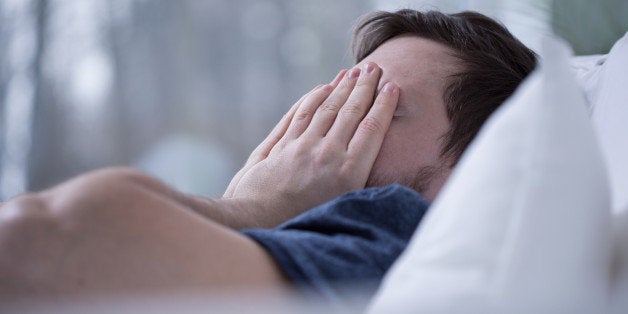
I first learned about sleep apnea during a phone call from my brother, David. He explained that he had been listening to talk radio on his way home from work and heard a segment about sleep apnea, a disorder characterized by repeated disruptions in breathing during sleep. The radio show described the various symptoms, which he identified with across the board. Loud, disruptive snoring? Check. Morning Headaches? Check. Drowsiness, impaired concentration, and irritability during the day? Check, check, and check.
Paying closer attention, David listened as the hosts likened the dangers of untreated sleep apnea to smoking a pack of cigarettes a day; namely that reduced oxygenation in the blood can lead to hypertension, heart disease, metabolic disease, depression, and stroke. These distressing health risks convinced my brother to talk to his doctor and get a sleep test. He later learned he was among the 18 million Americans diagnosed with Obstructive sleep apnea (OSA) and would begin treatment immediately.
After a week or two passed, I received a photo of a wary-looking David being fitted for a full-face mask as part of his OSA treatment. This image prompted me to do my own research on OSA and its available treatments. I learned about the most common and effective option-Continuous Positive Airway Pressure (CPAP) therapy. This treatment requires the patient to wear a mask, the same for which my brother was fitted, which is strapped to the patient's face and connected by a hose to a machine. While the patient sleeps, the machine generates airflow to keep the tissues in their airway open throughout the night and the symptoms and negative health effects of the disorder at bay.
However, after a year of treatment, 50 percent of OSA patients cannot tolerate their CPAP treatment due to the discomfort, noise, and restriction of movement. My brother, too, became fed up with the burden of CPAP therapy; he was aware of the risks of living untreated but unable to continue with the treatment. David, and millions like him who become non-compliant, are left feeling guilty about their choices and frustrated with their options. As an inventor, I was immediately drawn to exploring alternative methods of treatment that could better the lives of these sleep apnea patients.
At the same time as I was contemplating better treatment options for my brother, I was working with a cutting-edge technology that provides the micro-mechanics in gadgets like video game controllers, fingerprint sensors, and inkjet printers. The versatility and ability of these micro-systems allow for countless applications that can, in many cases, outperform their macro counterparts (compare the first computer to the latest mobile phone).
That's when it hit me: the micro-pump technology I had designed to cool off electronic processors could pump air into my brother's nose! I made some quick calculations and excitedly called David for more information on the range of air pressure his CPAP machine needs to provide effective treatment. After confirming that this micro-sized technology was capable of pushing air at the same pressure as my brother's machine, I eagerly got to work on a design.
As this technology develops, I continue to hear stories from people just like David. I now realize that the 50 percent non-compliance statistic does not begin to describe the physical and emotional toll that this disorder can take. Men and women of all ages, all over the world are in need of a better OSA treatment option to improve their lives. The voices of the sleep apnea community are what have made our progress possible. Looking forward, I am hopeful that the community will continue to spread awareness of sleep apnea, reaching the people who can benefit from advancements in its treatment. Yes, necessity is the mother of invention, but in Airing's case, it is also the brother.
Stephen Marsh is the inventor of Airing, a micro-CPAP device that is currently in development and scheduled to be available to the public in 2017.